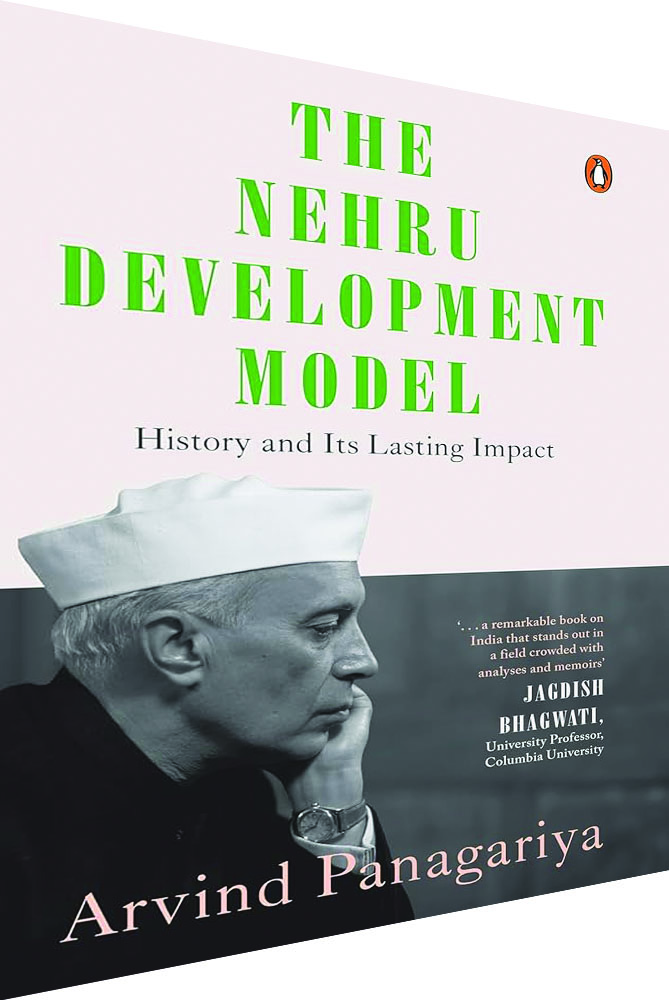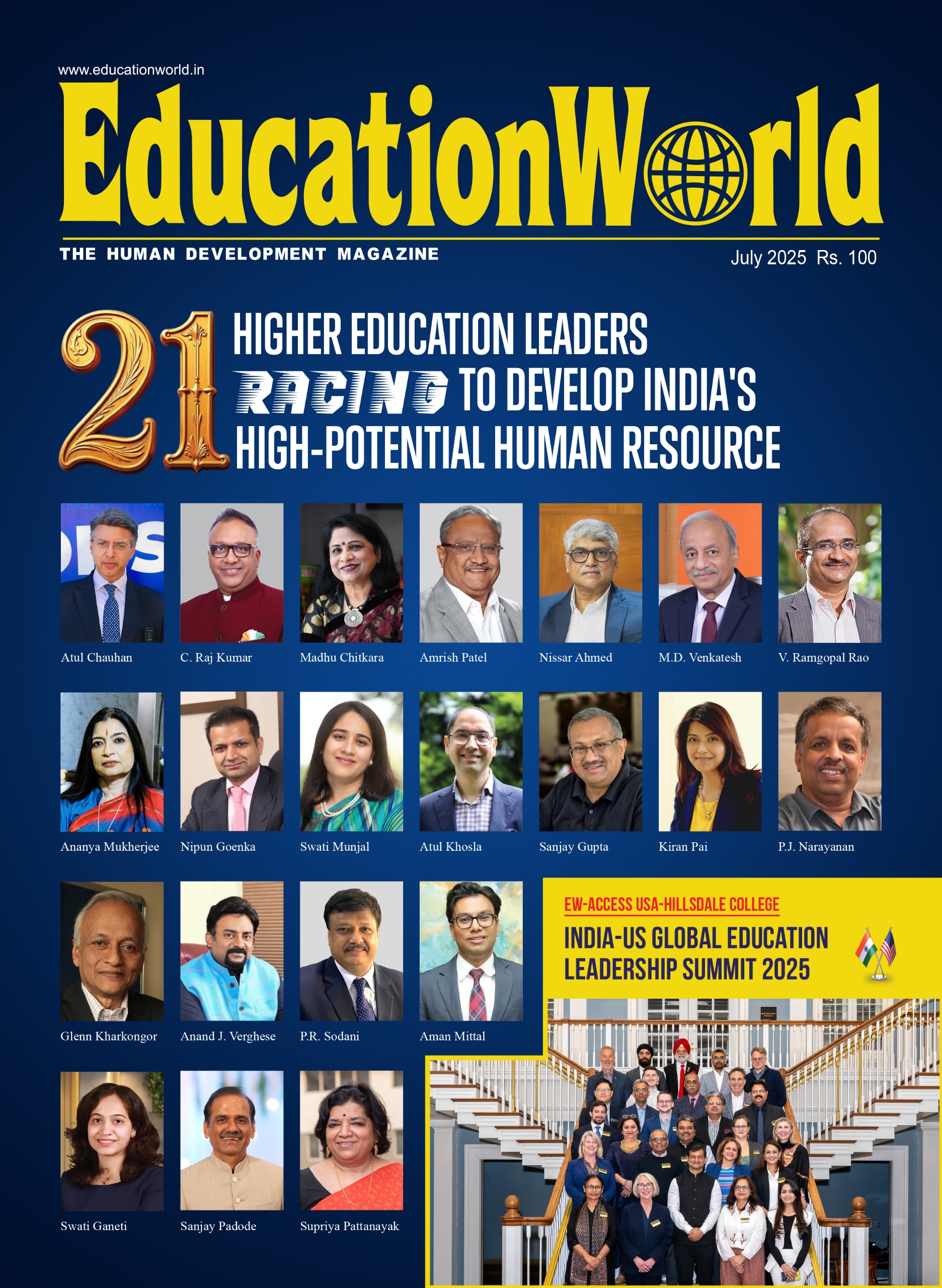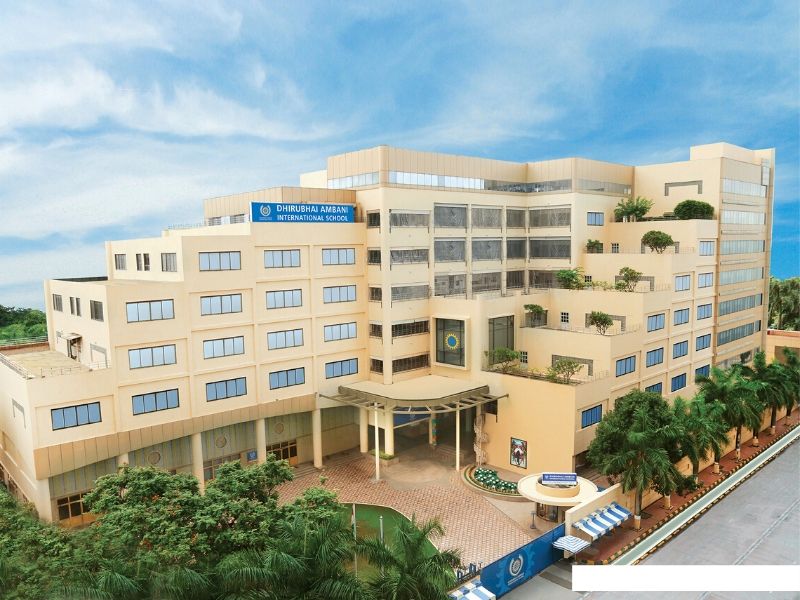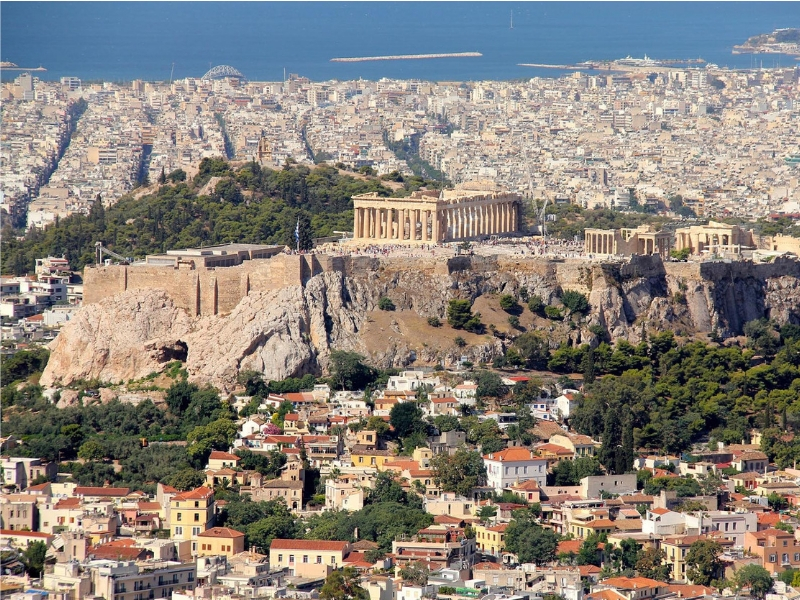 The nehru development model: history & its lasting impact
The nehru development model: history & its lasting impact
Arvind Panagariya
Penguin viking
Rs.838 Pages 544
The author laments that seven decades after Nehruvian socialism devastated free India’s high-potential economy, there’s no shortage of champions of the Nehru model
In this new and overdue book, Dr. Arvind Panagariya, professor of economics at Columbia University (USA) and incumbent Chairman of the 16th Finance Commission, starts by commending Jawaharlal Nehru, independent India’s first prime minister, the successful democrat who shaped a fractured, newly independent India into a robust democracy with enduring secular and liberal values. But he severely critiques Nehru, the economist who ruined the economy and dashed the modest material prosperity and dreams of two — perhaps three — generations of citizens of free India.
Panagariya first gives credit to the “resounding success” of Nehru’s political project to establish India as a full-fledged constitutional democracy with universal suffrage ab initio, which survived the Emergency and authoritarian rule (1975-77) declared by his daughter and future prime minister Indira Gandhi. “Today seventy-seven years after independence, India stands out not only as the world’s youngest democracy, but also among its most stable and vibrant ones,” he writes.
On the other hand, Panagariya forthrightly describes Nehru’s economic development strategy “built on development of heavy industry, a rapidly expanding public sector and isolation from world markets”, an “equally resounding failure”. During Nehru’s long tenure (1947-64) as prime minister, national savings and tax revenue were canalized into heavy industry public sector enterprises (PSEs) managed by business-illiterate bureaucrats and technicians.
Consequently, annual GDP growth never exceeded 4 percent and averaged 3.5 percent for over 40 years, even as population growth averaged 2.5 percent per year. As a result, the high-potential Indian economy that could have been steered to prosperity by the country’s pioneer entrepreneur-industrialists — G.D. Birla, JRD Tata, Walchand Hirachand, Ambalal Sarabhai, Lala Shri Ram, Vellamals, among others — who had built large conglomerates and were poised to conquer Asian and other markets — was strangled by a hydra-headed licence-permit-quota regimen, even as PSEs failed to provide sufficient power, steel, fertilizer and infrastructure and capital goods.
The impact of this disastrous left turn imposed upon a gullible and uneducated population by India’s first populist prime minster, has been devastating.
Contemporary India’s annual GDP per capita is a mere $2,600 cf. China’s $ 13,600 and USA’s $86,000. It’s pertinent to bear in mind that although a widely used indicator, per capita GDP is an imperfect national progress metric as it doesn’t reflect domestic income inequalities. According to several respected monitors of the Indian economy, the real per capita income of 90 percent of Indian citizens is less than of abjectly poor Sub-Saharan Africa, which means they have almost nil discretionary purchasing power.
Panagariya’s lament is that despite the devastating impact of Nehruvian socialism which the author records was not endorsed by Mahatma Gandhi and Sardar Patel, there’s no shortage of apologists , even champions of the Nehru Development Model. “Thanks (sic) to the entrenchment of socialist thought in the political, bureaucratic, intellectual, and even business constituencies, more than seven decades after Independence, India continues to struggle to extricate itself from the Nehru-era economic policy framework,” writes Panagariya.
Adoption of the public sector-led capital-intensive heavy industry model (instead of the labour-intensive light industries wage goods model) funded by national savings supplemented with inflationary deficit financing, was a non-starter from day one. Because government bureaucrats appointed to manage PSEs had no business management experience or capability. Ignoring the proven capability of India’s private sector business leaders, and instead entrusting promotion and management of massive PSEs to them was akin to an aspiring householder awarding the construction contract to an unskilled contractor with the brief to learn on the job. It resulted in post-independence India’s economy becoming mired in an average 3.5 percent GDP growth rut for over 40 years.
Against this, after communist China self-corrected and took whole-heartedly to the capitalist road in 1978, it recorded unprecedented compounded annual GDP growth of 10 percent for two decades (1978-2008), vaulting its GDP to $19 trillion cf. India’s $4 trillion, transforming China into the world’s second wealthiest nation.
But although the good professor ably details entrenchment of Nehruvian socialism within the establishment, he offers little explanation as to why this bankrupt ideology has struck deep roots in the polity.
The answer is that for the neta-babu brotherhood which controls and commands the Indian economy, socialism has become a lucrative business. As often lamented in EducationWorld and belatedly highlighted in a detailed cover feature in India Today (April 28), despite tentative liberalization and deregulation 34 years ago, Indian industry is governed by 1,536 Acts of Central and state governments, 69,000 compliances and 6,500 annual filings. This brutal regimen has facilitated retail corruption of massive scale, has squashed the country’s native spirit of enterprise and asphyxiated 57 million labour-intensive MSMEs (micro, small and medium enterprises), the engines of China’s spectacular growth.
Contrary to popular belief, India’s wealthiest citizens are not the country’s small number of high-profile industrialists, but politicians and bureaucrats. The average self-declared wealth of Karnataka’s MLAs (members of legislative assembly) is Rs.63 crore, and every week Lok Ayukta raids against government officials unearth covert wealth vastly disproportionate to officially calculated incomes.
The plain truth that Panagariya doesn’t sufficiently elaborate in his engrossing book under review, is that the powerful 20 million-strong neta-babu brotherhood has a vested interest in Nehruvian socialism. This mafia is very difficult to dislodge. Especially since the intelligentsia are mere bystanders, and the middle class has been co-opted with a plethora of non-merit subsidies.
Anil Thakore
Also Read: Biden’s three wars























